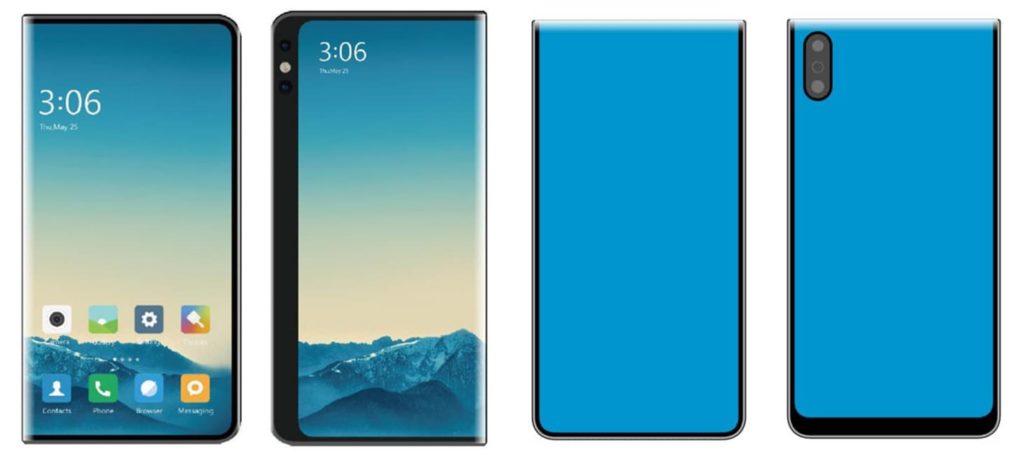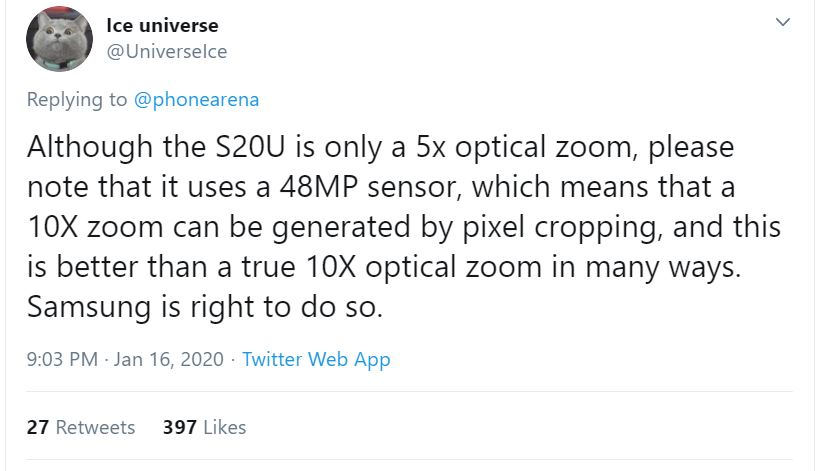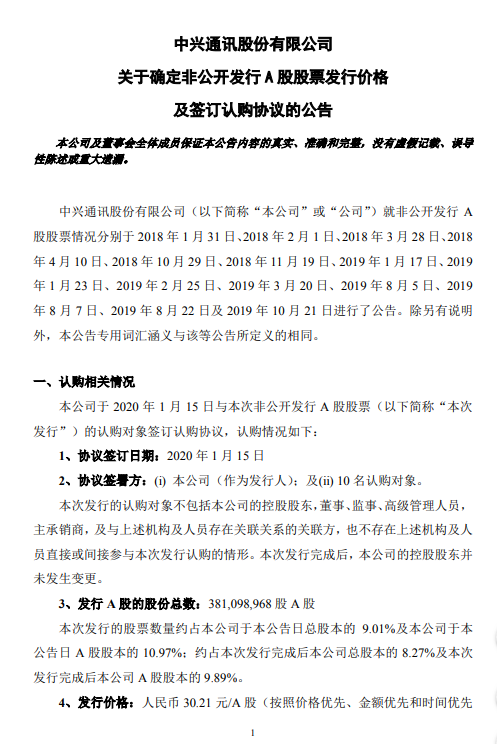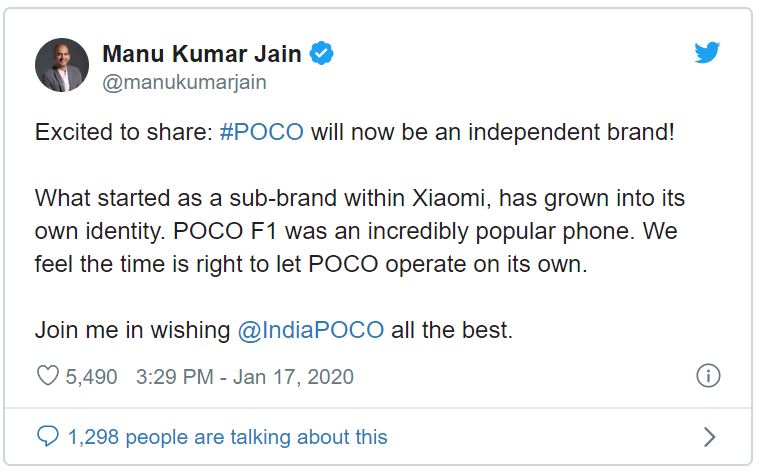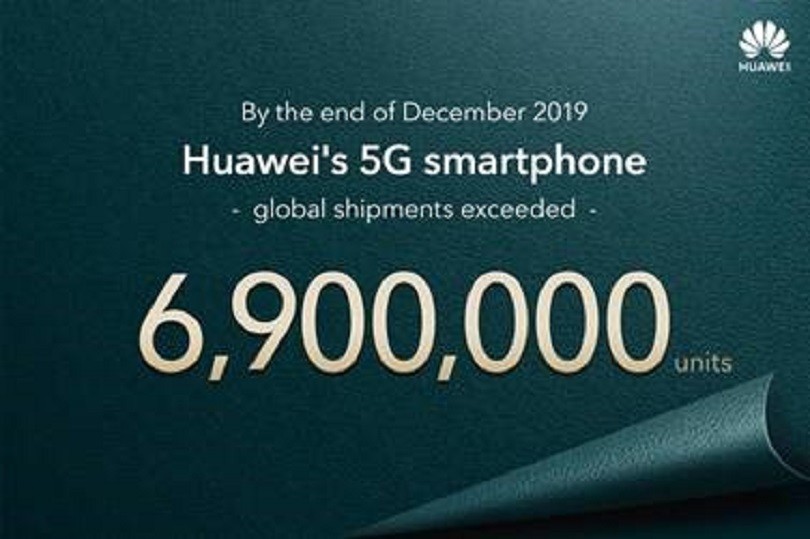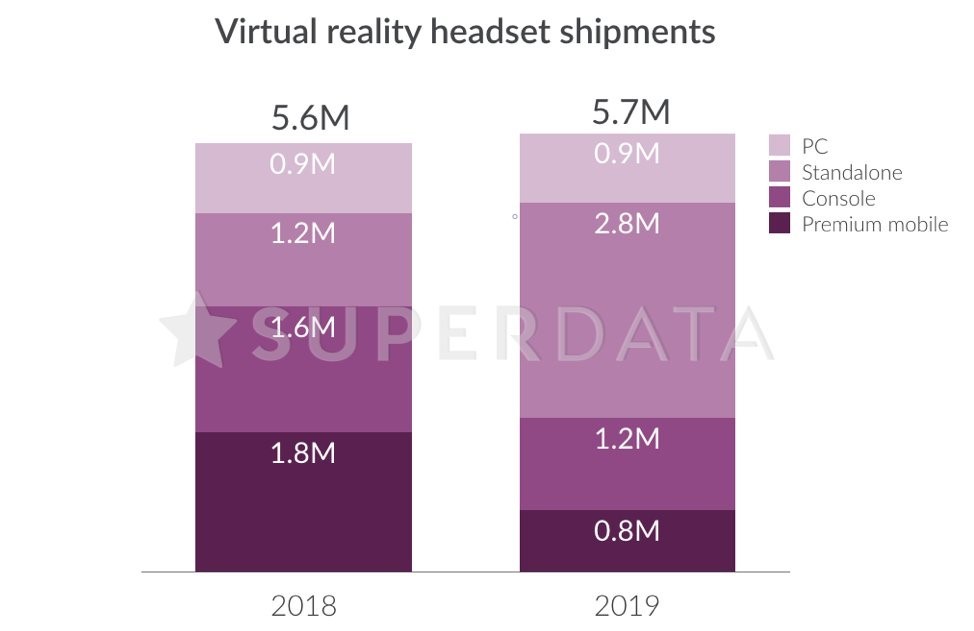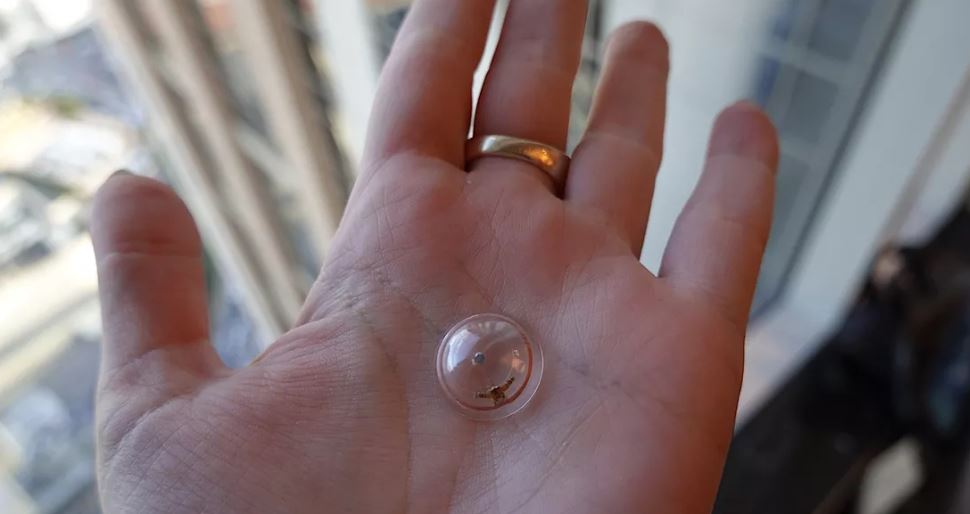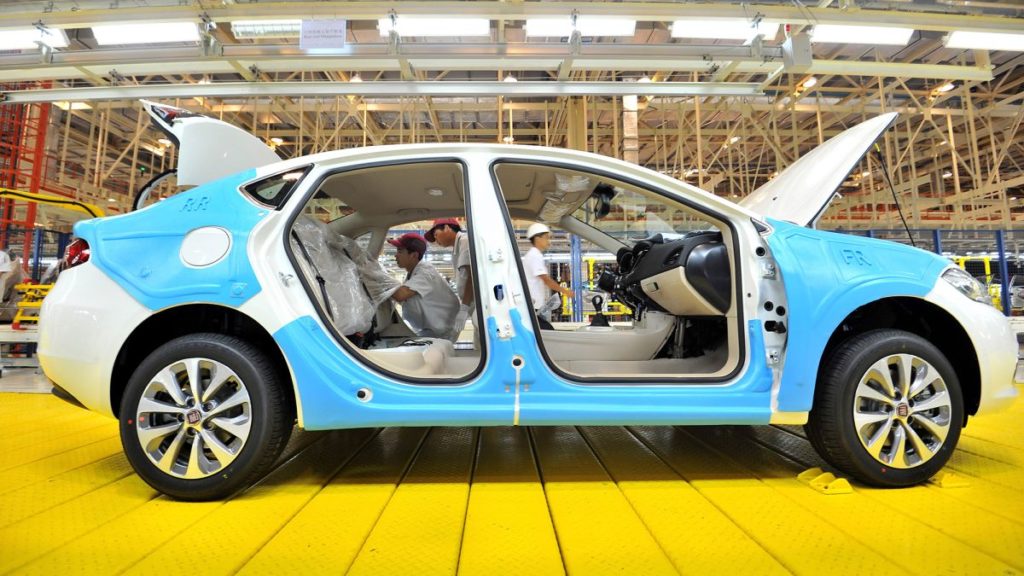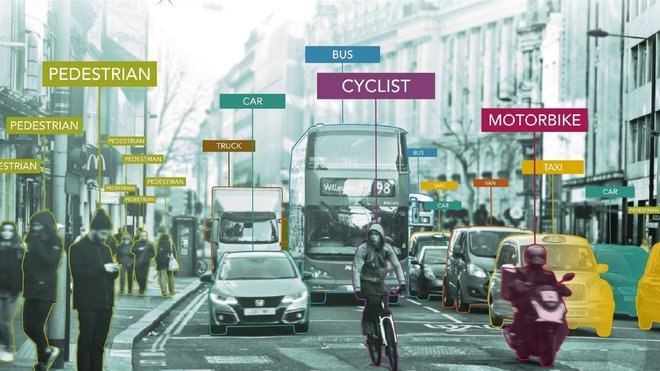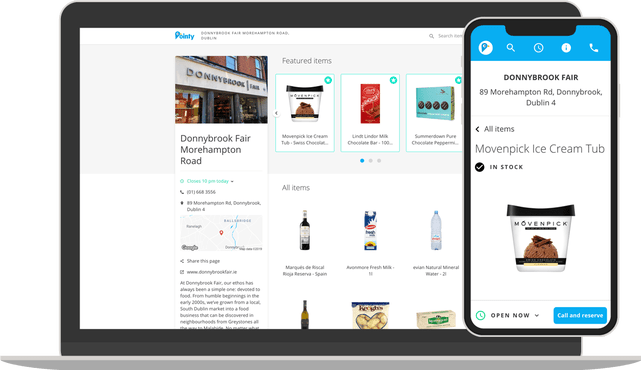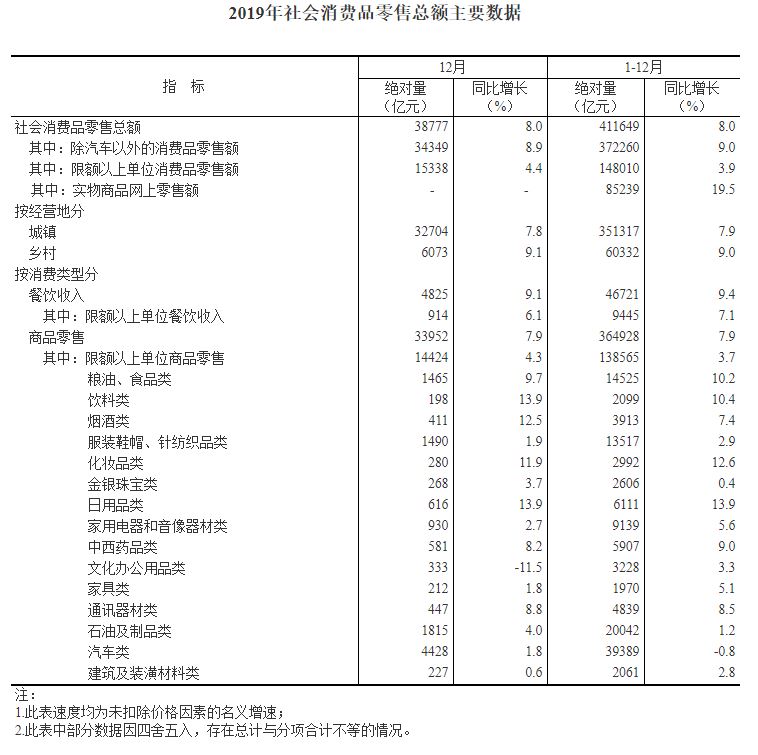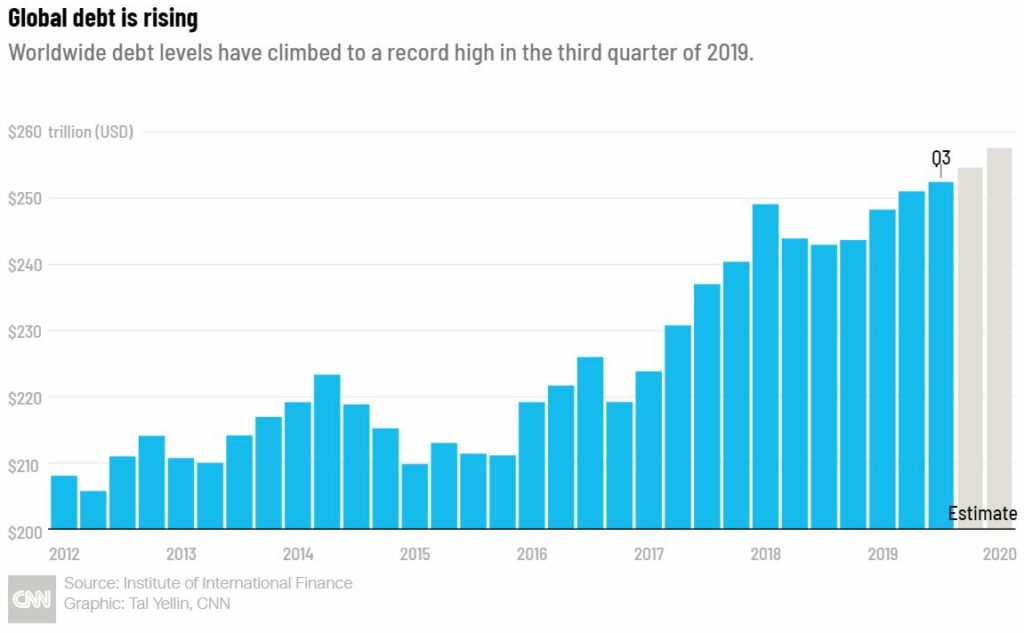
1-18: Xiaomi is planning to bring premium offerings in India under its Mi brand; Xiaomi is spinning off its POCO sub-brand as an independent brand; etc.
Touch Display
OnePlus’ next flagship is slated to feature a 120Hz Fluid Display. To improve its users’ overall experience, the company is planning on integrating Motion Estimation, Motion Compensation (MEMC) technology into its phones. (Android Central, GSM Arena)
OnePlus CEO Pete Lau says OnePlus has looked into foldable screens, but the company believes that the upside of foldable tech is “outweighed by the shortcomings or the disadvantages of the current state of the technology”. (The Verge)
Xiaomi has registered a new patent with the CNIPA (China National Intellectual Property Administration) for 2 smartphone designs – both dual-sided smartphones with screens that wrap-around in different directions. (Shot Bytes, GSM Arena)
Nissan’s senior VP for global design, Alfonso Albaisa, has indicated that the decision not to add a bevy of screens is one based on a lot of discussion for its Ariya concept design. The amount of information packed into modern, touchscreen-based infotainment systems is almost overwhelming. He has explained market research shows horizontal screens are easier to read than vertical ones. (Digital Trends, Green Car Reports)
Camera
The camera configurations of Samsung Galaxy S20 series are leaked. The main camera on the Samsung Galaxy S20 Ultra will use S5KHM1, a 108MP sensor. All Samsung Galaxy S20 models use a Sony IMX374 sensor for the selfie camera – 10MP sensor with 1.22µm pixels and Dual Pixel AF. (GSM Arena, Sumaho Info)
Samsung has reportedly taken delivery of prisms for 5x optical zoom. They were built by Korean company Optron-Tec, which has previously supplied the prisms for the OPPO Reno 10x zoom (which despite its name is commonly considered to have 5x optical zoom). (GSM Arena, Twitter, The Elec, Phone Arena)
OPPO has applied for a patent with the State Intellectual Property Office of the People’s Republic of China, which showcases a Moon Wheel shaped rear camera module. The rear cameras are arranged in crescent shape just under a sphere that is translucent in nature. (Gizmo China, My Drivers)
OnePlus has showcased its Concept One with the so-called “Invisible Camera” technology. OnePlus CEO Pete Lau has confirmed that the technology is coming to a production smartphone in the future ‘soon’. (Android Headlines, The Verge)
Sensory
A study at Stanford, Rice University, Princeton, and Southern Methodist University proposes a system that is capable of producing around-the-bend images at high resolutions and speeds. It is able to distinguish the submillimeter details of hidden objects from 1m away. It could be used to make out things like the license plates of hidden moving vehicles and personnel badges worn by walking individuals. (VentureBeat, OSA Publishing)
Battery
Los Angeles-based technology company Real Graphene is working on graphene-enhanced battery cells. The Real Graphene cell is much faster, with a full charge of a 3,000mAh cell taking about 20 minutes using a 60W charging brick. While most phone batteries can manage between 300 and 500 charge cycles, Real Graphene’s cell can last about 1500 cycles for the same capacity. (Gizmo China, Digital Trends)
Connectivity
ZTE has indicated it is looking to raise CNY11.51B (USD1.7B) from a private placement of A shares, and that it plans to use the proceeds for research and development of 5G networks and working capital. (Gizmo China, Sina)
Huawei is partnering with local network providers like Airtel and even Vodafone to start 5G trials in India. Huawei will team up with Bharti Airtel for the first 5G trials in Bangalore, alongside testing in Delhi with Vodafone. (Gizmo China, Live-Mint, IT Home, Elecfans, India Times)
Phone
Xiaomi is planning to bring premium offerings in India under its Mi brand. According to Raghu Reddy, Head of Categories, Xiaomi India, the company is planning to bring a lot more of Mi premium flagship devices to India in 2020. (Android Central, NDTV)
Xiaomi’s global VP and India head Manu Kumar Jain has announced that the company is spinning off its POCO sub-brand as an independent brand. POCO was introduced as sub-brand of Xiaomi in 2018. (Android Central, GSM Arena, TechCrunch)
Huawei has announced that it has shipped 6.9M units of 5G smartphones as of Dec 2019, in addition to offering end-to-end 5G solutions. (GSM Arena, CNET, Huawei, CN Beta)
Google Stadia will add over 120 games in 2020, including at least 10 that will be exclusive to the platform at launch. In the next 3 months, Stadia plans on adding 4K on the web, support for additional Android phones, and additional Google Assistant functionality on the web. (Android Central, Stadia, Engadget CN)
Samsung is reportedly working on a 5G variant of the Galaxy A71 for China market, and also for the US market. Samsung has started development on two new A71 variants – SM-A716U and SM-A716U1. These would be the carrier and unlocked models respectively. (Phone Arena, Sam Mobile)
OPPO F15 is announced in India – 6.4” 1080×2400 FHD+ AMOLED, MediaTek Helio P70 MT6771V, rear quad 48MP-8MP ultrawide-2MP mono-2MP depth + front 16MP, 8+128GB, Android 9.0, under display fingerprint, 4025mAh 20W, INR19,990 (USD282). (Android Central, GSM Arena)
Lava Z71 is announced in India – 5.71” 720×1520 HD+ IPS, MediaTek Helio P22 MT6762, rear dual 13MP-2MP depth + front 5MP, 2+32GB, Android 9.0, rear fingerprint scanner, 3200mAh, INR6,999 (USD100). (GSM Arena)
PC Tablet
Microsoft has pledged to become carbon negative by 2030. The announcement came at an event titled “Microsoft’s commitment to sustainability”. As part of the push, Microsoft CEO Satya Nadella has announced a new USD1B Climate Innovation Fund “to accelerate the development of carbon reductions and renewable technologies”. (VentureBeat, Business Insider, BBC, Microsoft)
Augmented / Virtual Reality
SuperData, a Nielson Company, shows that 49% of all VR headsets sold in 2019 were standalone VR headsets like the Oculus Quest. The amount of money going to developers of VR games on the Oculus Quest was so great that it increased VR gaming revenues 41% when compared to the industry at large in 2018. Consumers spent a total of USD171M on standalone VR games during the year. (Android Central, SuperData Research)
A new Silicon Valley startup Mojo Vision hopes to first create a smart contact lens that can assist people with low vision by displaying enhanced overlays of the world, sharpening details or zooming in to help them see. The prototype includes a green, monochromatic display that is wired to a battery. (Digital Trends, TechCrunch, The Verge, iFanr)
According to a new FCC filing for the “Lenovo VR3030S”, Lenovo is developing a new standalone virtual reality (VR) headset. (The Verge, FCC)
Automotive
Foxconn and Fiat Chrysler (FCA) are planning a joint-venture to make vehicles for the Chinese market, with FCA handling the manufacturing and Foxconn managing the electronics and software. (The Verge, Asia Nikkei, NBD, CN Beta)
Artificial Intelligence
Apple has reportedly acquired Xnor.ai, a Seattle startup specializing in low-power, edge-based artificial intelligence (AI) tools. The three-year-old startup’s has to do with AI on the edge — machine learning and image recognition tools that can be executed on low-power devices rather than relying on the cloud. (Mac Rumors, Geek Wire)
Transport for London (TFL) has worked with Vivacity Labs, a London tech firm, on a UK-first trial of artificial intelligence (AI) technology, which aims to make it easier to plan and operate new cycle routes in the capital. Since 2018, TfL has trialled using Vivacity Labs sensors at two busy locations along Millbank. The sensors use AI to detect road users and decide which mode of transport they are using. (Pocket-Lint, Smart Cities World, Intelligent Transport)
Zinier, San Francisco-based startup that aims to use artificial intelligence (AI) to automate field service management (FSM), has announced that it has raised USD90M in series C funding to embed field service work with AI and machine learning. (VentureBeat, TechCrunch)
6Sense, a B2B software firm that helps companies market and sell to customers based on their account activity, has announced it has raised USD40M in series C funding. It will use the funds to invest in the artificial intelligence (AI) technology that is designed to help companies better understand the purchasing intentions of their customers and tailor marketing and sales efforts accordingly. (VentureBeat, Digital Commerce 360, AIthority)
SenseTime, Nanyang Technological University, and the Chinese Academy of Sciences’ Institute of Automation have proposed a method of editing target portrait footage by taking sequences of audio to synthesize photo-realistic videos, i.e., DeeperForensics 1.0. SenseTime’s technique is dynamic, meaning it is able to better handle media it has not before encountered. The results are impressive, albeit worrisome in light of recent developments involving deepfakes. (VentureBeat, Profilic, Xueqiu, CN Blogs)
E-Commerce
Google has announced that it has purchased Pointy, a Dublin-based startup that helps local retailers sell their products online. Currently, Pointy allows sellers to either use an app or special bar code scanner to keep up-to-date inventory information on in-store products. (The Verge, Google)
According to China’s National Bureau of Statistics, in 2019, the online retail sales reached CNY10,632.4B, a year-on-year growth of 16.5%. Specifically, the online retail sales of physical goods were CNY8,523.9B, up by 19.5%, accounting for 20.7% of the total retail sales of consumer goods, or 2.3% higher than that of the previous year. (CN Beta, National Bureau of Statistics)
Economy
The world’s debt when compared against its total output hit another all-time high of over 322% in 3Q19 and it is set to keep growing, says the Institute of International Finance (IIF). Total worldwide debt sat close to a record USD253T by the end of Sept 2019, boosted mainly by higher borrowing by governments and non-financial corporates. Spurred by low interest rates and loose financial conditions, IIF estimates that total global debt will exceed USD257T in 1Q20. With world’s 7.7B population, this means that the per capita debt is about USD32,500. (CN Beta, CNBC, CNN)


